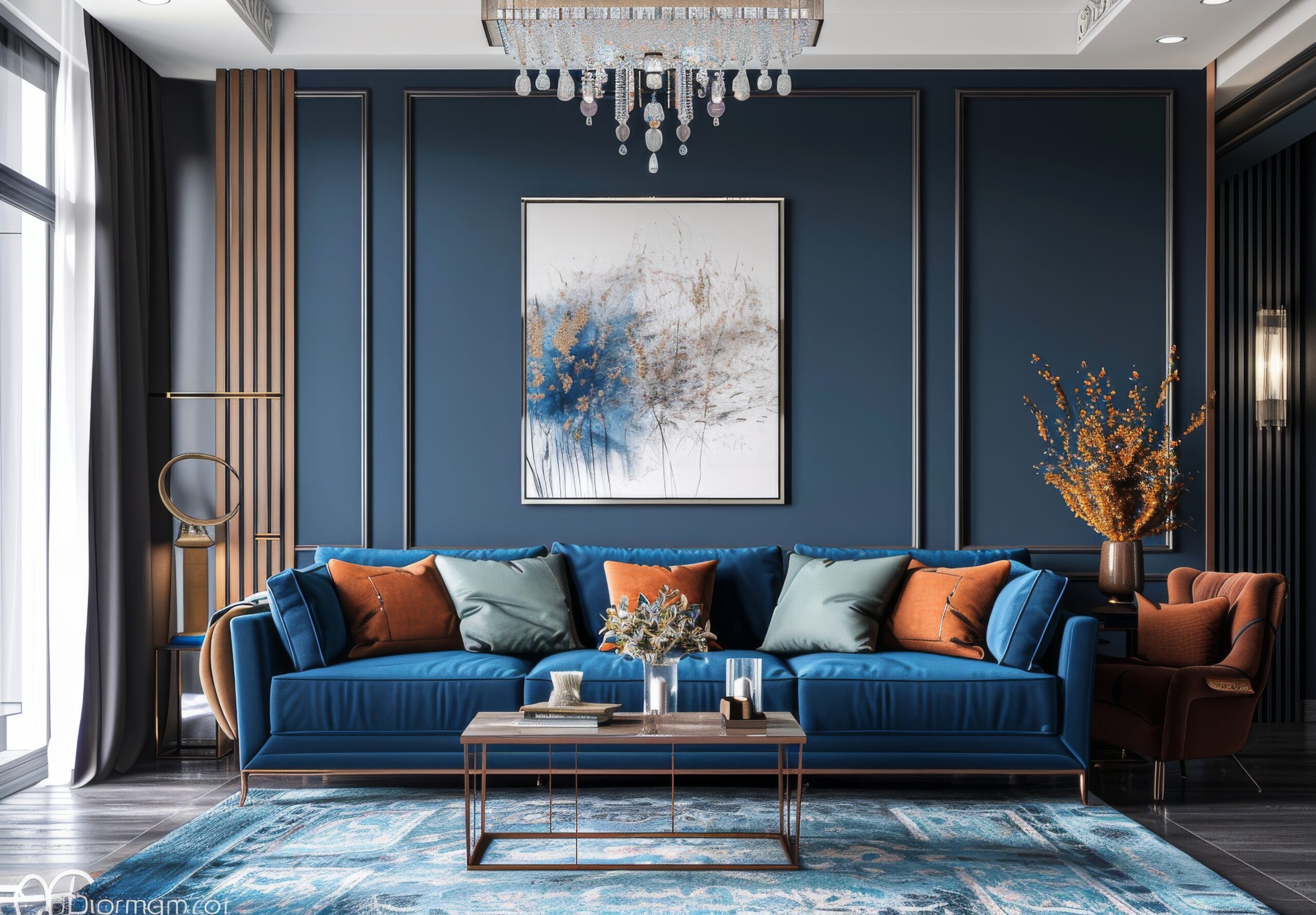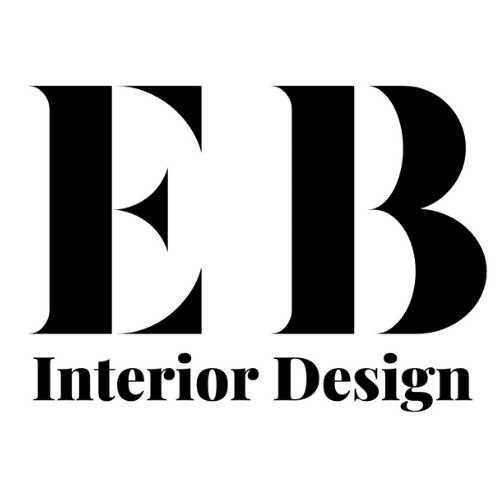
Interior Design Trends
Interior design continues to evolve, blending technology, sustainability, and artistry to create spaces that reflect both individuality and global trends. Exciting developments are catering to our changing lifestyles and growing environmental awareness. Let’s explore the top interior design trends shaping homes and workplaces.
Sustainable and Eco-Friendly Designs
Sustainability remains a cornerstone of modern design. Designers are prioritizing materials that are recycled, upcycled, or ethically sourced. Furniture crafted from reclaimed wood, biodegradable textiles, and innovative materials like mycelium-based composites are gaining popularity. Homeowners are also investing in energy-efficient systems, such as solar-powered lighting and smart thermostats, to reduce their carbon footprint.
Incorporating plants into interiors, known as biophilic design, continues to thrive. Green walls, indoor gardens, and spaces that seamlessly merge indoor and outdoor environments are central to this trend. These elements not only enhance air quality but also foster a calming and rejuvenating atmosphere.
Smart Technology Integration
The smart home revolution is reaching new heights. With advancements in AI and IoT (Internet of Things), homes are becoming more intuitive and interconnected. Voice-activated devices, customizable lighting systems, and smart kitchen appliances are now seamlessly integrated into design plans.
Designers are ensuring that technology enhances functionality without compromising aesthetics. For example, hidden charging stations, wireless audio systems, and sleek touchscreen panels blend effortlessly into modern interiors, enhancing convenience while maintaining a clean, minimalist look.
Bold Colors and Patterns
Neutral palettes have dominated interior design for years, but there is a shift toward bold and expressive hues. Vibrant colors like terracotta, emerald green, and cobalt blue are making a comeback, often paired with rich textures and intricate patterns.
Wallpaper is experiencing a renaissance, with designs ranging from abstract art to botanical motifs. These statement pieces transform walls into focal points, adding depth and character to any space. Additionally, color-blocking—using contrasting colors to create visual interest—is a popular technique for livening up rooms.
Curved and Organic Shapes
Curves and organic forms are taking center stage. This trend is inspired by nature and emphasizes fluidity and softness in design. From rounded furniture like sofas and chairs to arched doorways and circular mirrors, these elements create a sense of harmony and comfort.
This aesthetic is particularly prevalent in modern living rooms and bedrooms, where curved furniture pieces are paired with soft, tactile fabrics like bouclé and velvet. The result is a welcoming and luxurious ambiance that encourages relaxation.
Maximalist and Eclectic Styles
While minimalism remains a popular choice, maximalism is gaining momentum as people embrace individuality in their spaces. This design philosophy encourages layering textures, mixing patterns, and showcasing unique decor items to tell a story.
Eclectic interiors often feature a mix of vintage and contemporary pieces, creating an intriguing blend of old and new. This trend allows homeowners to express their personalities, whether through bold gallery walls, statement rugs, or collections of curated objects from travels and experiences.
Home Offices and Multipurpose Spaces
With remote work continuing to be a significant part of modern life, the demand for functional and inspiring home offices remains strong. Designers are focusing on creating multipurpose spaces that adapt to varying needs. Convertible furniture, such as foldable desks and Murphy beds, helps maximize space without compromising functionality.
Acoustic solutions, like soundproof panels and noise-canceling curtains, are also becoming standard for home offices, ensuring productivity and focus. Additionally, ergonomic furniture and customizable lighting solutions are key components in these spaces, prioritizing comfort and health.
Natural and Textured Materials
Organic materials like stone, clay, and wood continue to define interiors. Textured finishes, such as plastered walls and rough-hewn wood, add depth and warmth to spaces. Designers are also experimenting with terrazzo in countertops, flooring, and accessories, giving a fresh twist to this classic material.
Layering textures—for example, pairing a jute rug with a velvet sofa or linen curtains with a leather armchair—creates a sensory-rich environment that feels both sophisticated and inviting..
Sustainable Luxury
Luxury today is synonymous with sustainability. High-end designs now prioritize craftsmanship and longevity over fleeting trends. Custom-made furniture, artisan-crafted decor, and materials like responsibly sourced marble and natural wool showcase this ethos.
The focus is on creating spaces that are not only beautiful but also built to last. By investing in quality pieces, homeowners can enjoy timeless elegance while supporting ethical practices.
Customized Spaces
Personalization is a defining feature of interiors today. From bespoke furniture to tailored color palettes, designers are working closely with clients to create spaces that reflect their unique tastes and lifestyles.
Whether it’s a custom-built bookshelf for an avid reader or a kitchen designed to accommodate a home chef’s workflow, customization ensures that every element serves a purpose and resonates with the individual.
Final Thoughts
The interior design trends of today celebrate creativity, sustainability, and innovation. Whether you’re drawn to bold colors, smart technology, or eco-friendly materials, there are countless ways to refresh your space and make it truly your own. Embrace these trends to create interiors that are not only stylish but also meaningful and enduring.




Leave a Reply